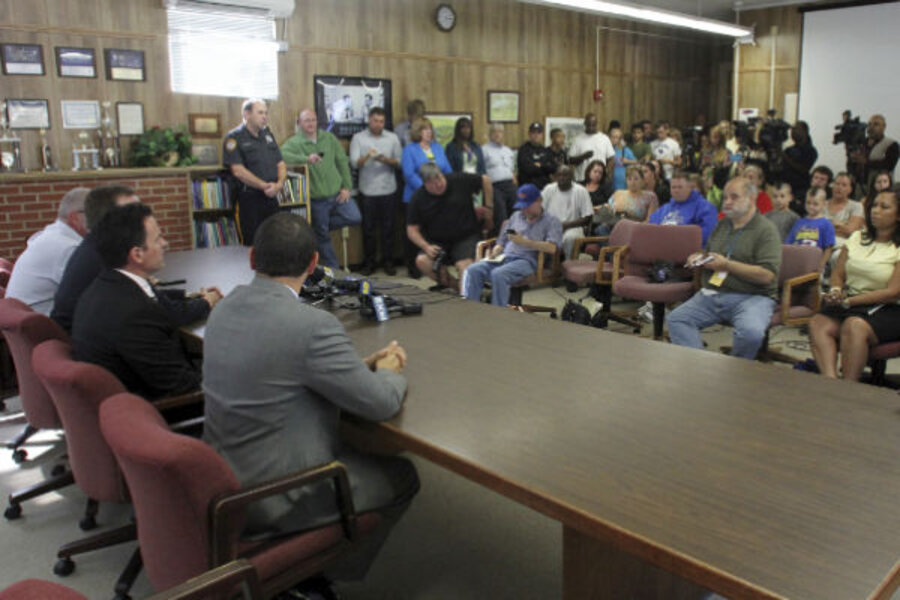The first step in fighting bullying? Define 'bullying'
Loading...
There are all kinds of reasons why “bullying” and “cyberbullying” can’t be applied to just any kind of mean behavior that happens in physical or digital spaces. Professor and author Justin Patchin goes into a bunch of them in his latest blog post, but parents may want to know why lack of definition is a problem for schools as well as for students.
For example, Mr. Patchin writes, “recently-passed laws in some states require educators to take certain steps once a behavior is classified as bullying. Well-intentioned or not, these laws force schools into following specific and time-consuming procedures.”
He describes why it’s a problem for schools and districts in New Jersey under a new law there, the upshot being that “it would take an army of administrators to follow through on all of these procedures if every rude, annoying, or even hurtful incident were classified as ‘bullying’.” That’s one really important reason why society needs to be clear about what it is and where it happens (This post with information from the Crimes Against Children Research Center offers more information on clarifying the terms).
Another huge reason is that “schools are increasingly being judged by the number of bullying reports received each year,” according to Patchin, But does a high number of reports represent a school climate conducive to bullying – one in which students are comfortable with reporting – or a school community without a clear definition of bullying, so that every mean behavior is deemed “bullying”?
In his post, Patchin asks, “If a school shows a high number of bullying reports/interventions, is that a good thing or a bad thing?” Because that’s not clear, how much can state laws requiring reporting help?
Students reporting bullying is a different story. Sameer Hinduja, Patchin’s co-author on several books and co-founder at the Cyberbullying Research Center, wrote a post a couple of years ago that illustrates one school’s experience, that of Lewis Middle School in San Diego. If you want an insider’s perspective, Lewis’s assistant principal details how the school developed an anonymous reporting system and an example of a student who used it (with a successful outcome).
That was a reporting system developed by a school itself. Other schools use systems provided by vendors. Take Sprigeo.com for example. The company “is currently working with more than 1,000 schools in 27 states,” reported Yahoo Tech’s Dan Tynan this week. “Even if your school isn’t one of them, Sprigeo will contact the school on your child’s behalf and inform them of the incident” (Tynan mentions other examples).
One of the things I like about Sprigeo is its very visible support for student leadership: Check out the “Heroes Project” portion of the site, profiling student leaders working to end bullying.






